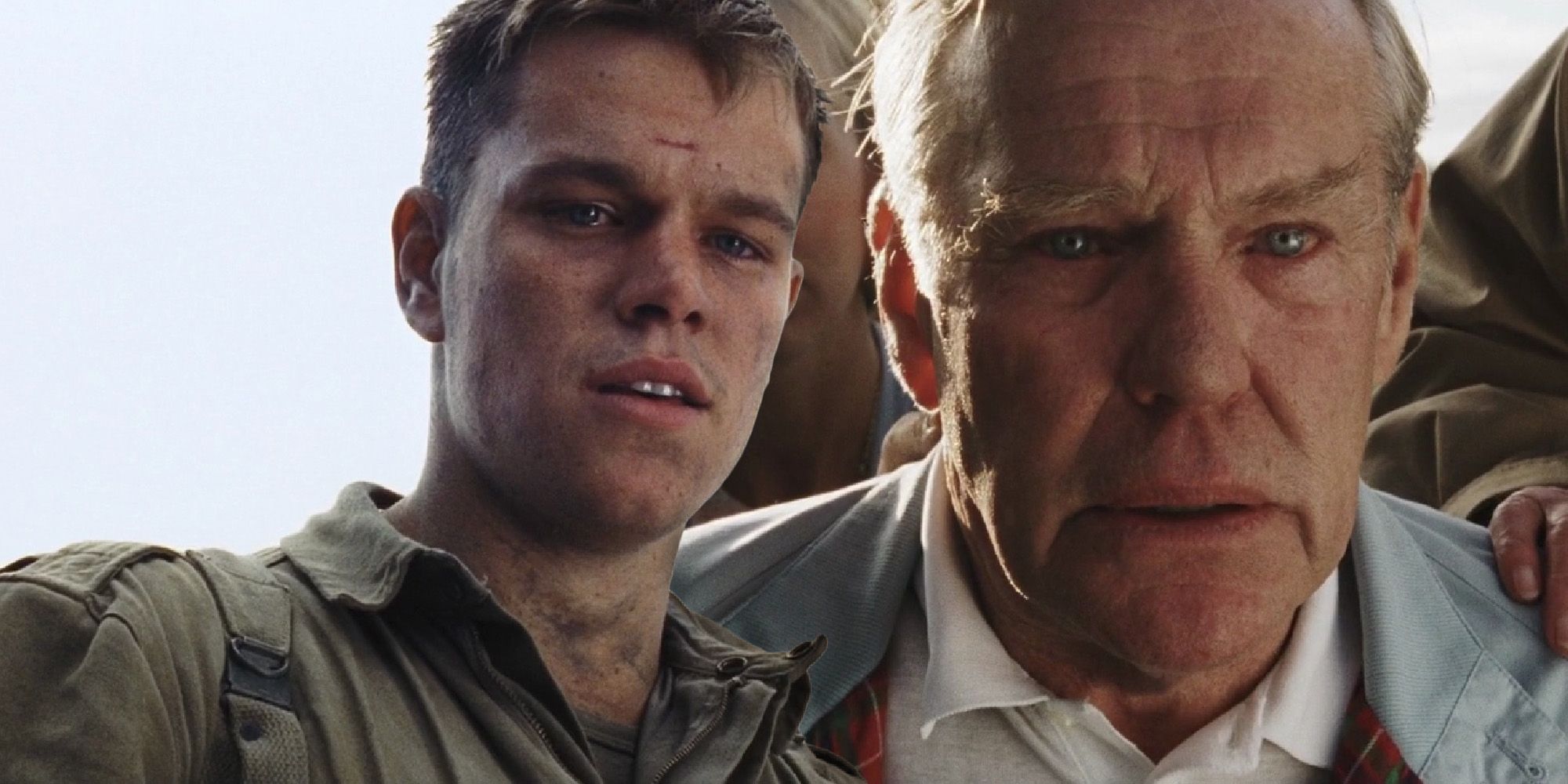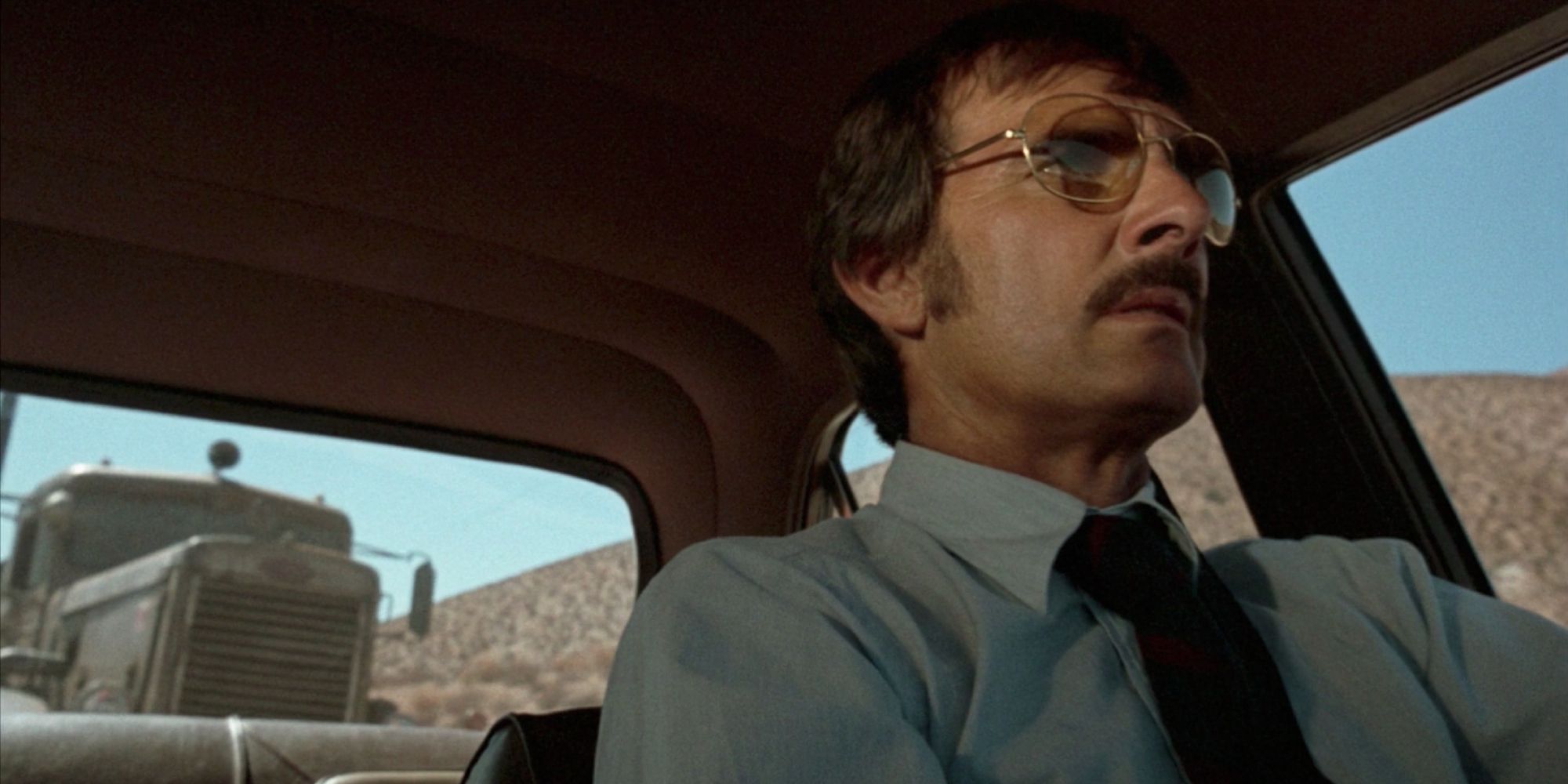The Most Accurate WWII Movies: Outperforming Saving Private Ryan?

Table of Contents
Saving Private Ryan: The Gold Standard of WWII Film Accuracy?
Saving Private Ryan remains a landmark achievement in World War II moviemaking. Its opening sequence, depicting the Omaha Beach landings, is visceral and intensely realistic, establishing an immediate sense of the brutal chaos and unrelenting danger faced by Allied soldiers. The film’s commitment to depicting the physical and psychological toll of war, far beyond the typical Hollywood glorification, resonated deeply with audiences.
- Realistic portrayal of combat: The film's depiction of combat, characterized by its grim realism and unflinching violence, set a new standard for war films.
- Accurate depiction of weaponry and uniforms: Saving Private Ryan meticulously recreated the weaponry and uniforms of the time, enhancing the film's authenticity.
- Strong focus on the emotional toll of war: Beyond the physical battles, the film powerfully portrays the emotional trauma experienced by soldiers, emphasizing the long-lasting impact of war.
However, even Saving Private Ryan, despite its reputation for accurate WWII films, takes certain creative liberties. Some historical inaccuracies and dramatic embellishments were necessary to craft a cohesive narrative. The specific mission to rescue Private Ryan, while emotionally resonant, is a fictionalized account.
Challengers to the Throne: Movies Often Praised for Accuracy
Several other World War II movies have been lauded for their attention to historical detail and realism, challenging Saving Private Ryan's dominance in the realm of accurate WWII films.
Das Boot (1981):
This claustrophobic masterpiece immerses viewers in the confined world of a German U-boat during the Battle of the Atlantic. Its remarkable attention to detail regarding submarine operations, crew dynamics, and the psychological pressures of extended underwater missions creates a truly immersive and historically informed experience.
- Attention to detail regarding submarine operations: The film's portrayal of U-boat life, including technical aspects of submarine warfare, is remarkably detailed.
- Realistic depiction of crew dynamics and psychological stress: Das Boot masterfully portrays the complex relationships and the intense psychological strain on the U-boat crew.
- Criticisms: While lauded for its realism, some minor historical inaccuracies and exaggerations have been noted by critics.
A Bridge Too Far (1977):
This epic war film depicts Operation Market Garden, a daring but ultimately unsuccessful Allied operation in the Netherlands. Its sheer scale and scope, utilizing real locations and featuring numerous historical figures (though with some dramatic liberties taken with their portrayals), contribute to its historical resonance.
- Scale and scope of the battle: The film successfully captures the vastness and complexity of Operation Market Garden.
- Use of real locations and historical figures: The use of authentic locations and the inclusion of many real historical figures adds to the film's historical weight.
- Accuracy of military tactics and strategy: While aiming for accuracy, the film understandably simplifies certain aspects of the complex military strategies involved.
Dunkirk (2017):
Christopher Nolan's Dunkirk offers an immersive and visceral portrayal of the evacuation of Dunkirk, focusing on the individual experiences of soldiers and civilians amidst the chaos and desperation. Its realistic depiction of the harrowing conditions and the sheer scale of the operation makes it a compelling entry in the conversation about accurate WWII films.
- Realistic depiction of the chaotic situation: The film accurately captures the tension, fear, and disorganization that characterized the evacuation.
- Focus on individual stories within the larger event: Dunkirk effectively weaves together multiple perspectives to highlight the human cost of the war.
- Any inaccuracies or areas of creative license: While mostly praised for its accuracy, certain elements were likely altered for dramatic purposes.
The Thin Red Line (1998):
Terrence Malick's The Thin Red Line adopts a different approach, prioritizing the psychological impact of war over large-scale battle sequences. Its focus on the Guadalcanal campaign, emphasizing the emotional and philosophical aspects of combat, offers a unique perspective on the human experience of war, although the less action-oriented style may impact some viewers' perception of its historical accuracy.
- Emphasis on the human experience of war: The film prioritizes the emotional and psychological impact of war on soldiers.
- Depiction of the Guadalcanal campaign: It offers a unique and thought-provoking perspective on this pivotal campaign.
- Differences in approach compared to more action-focused films: Its focus on introspection might be considered less historically "accurate" in a purely descriptive sense than action-packed alternatives.
Assessing Accuracy: Criteria and Considerations
Determining the historical accuracy of World War II movies presents significant challenges. Filmmakers inevitably need to make creative choices, balancing historical fidelity with the requirements of a compelling narrative. A completely accurate depiction of a complex historical event in a feature-length film is simply not feasible.
- Importance of consulting historical sources and experts: The use of historical consultants and thorough research is crucial for enhancing the film's accuracy.
- Balance between historical accuracy and dramatic storytelling: The tension between historical fact and dramatic narrative is inherent in historical filmmaking.
- The limitations of depicting complex historical events in a feature-length film: The need for narrative compression and simplification inevitably leads to some degree of alteration.
Conclusion: Finding the Most Accurate WWII Movies
While Saving Private Ryan undeniably set a high standard for realistic portrayals of World War II combat and its emotional impact, other films like Das Boot, A Bridge Too Far, Dunkirk, and The Thin Red Line offer compelling and often accurate depictions of different aspects of the conflict. Each film possesses strengths and weaknesses in terms of historical accuracy, reflecting the inherent challenges of translating complex historical events into cinematic narratives. Ultimately, judging the "most accurate" World War II movie is subjective. What are your thoughts on the most accurate WWII movies? Share your picks in the comments below!

Featured Posts
-
 400 Up Whats Next For Xrps Price
May 08, 2025
400 Up Whats Next For Xrps Price
May 08, 2025 -
 Xrp Price On The Rise Grayscales Etf Application Under Sec Review
May 08, 2025
Xrp Price On The Rise Grayscales Etf Application Under Sec Review
May 08, 2025 -
 Zielinskis Calf Injury Inter Milan Midfielder Faces Weeks Out
May 08, 2025
Zielinskis Calf Injury Inter Milan Midfielder Faces Weeks Out
May 08, 2025 -
 7 Underrated Steven Spielberg War Movies You Should See
May 08, 2025
7 Underrated Steven Spielberg War Movies You Should See
May 08, 2025 -
 Neymar Regresa A La Seleccion Brasilena Enfrentara A Messi En El Monumental
May 08, 2025
Neymar Regresa A La Seleccion Brasilena Enfrentara A Messi En El Monumental
May 08, 2025
